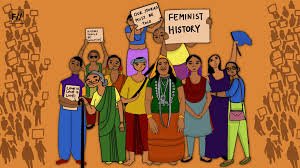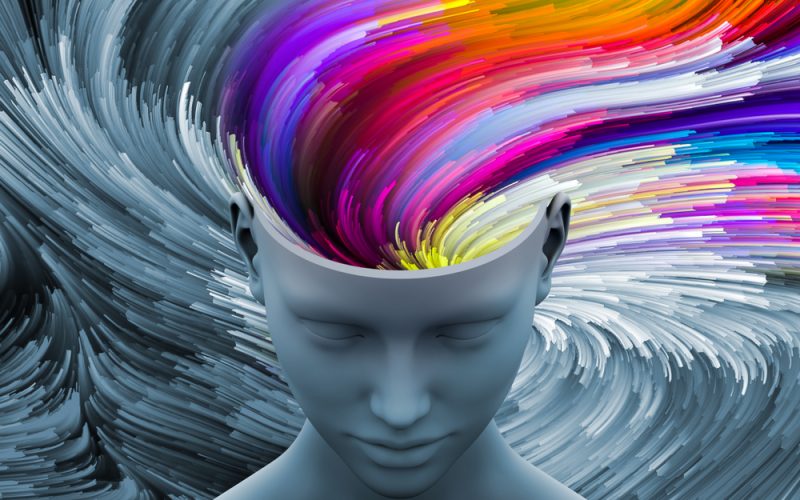Pareeshe Fatima
Indian literature, a treasure trove of diverse traditions, spans the Indian subcontinent and is expressed in a multitude of vernacular languages. These languages, including Sanskrit, Prakrit, Pali, Bengali, Bihari, Gujarati, Hindi, Kannada, Kashmiri, Malayalam, Oriya, Punjabi, Rajasthani, Tamil, Telugu, Urdu, Lahnda, Siraiki, and Sindhi, among others, each bring a unique flavor to the literary landscape. The emergence of English as a significant language of literary expression further enriches this vibrant tapestry.
The term ‘Indian literature’ encompasses literary works created across the Indian subcontinent, both pre- and post-1947, the year of India’s independence. This literary tradition, deeply rooted in the region’s history and culture, has significantly enriched the cultural and intellectual fabric. It showcases a wide array of literary genres and thematic explorations that have shaped societal discourse and artistic expression. The complexities of historical, cultural, and linguistic interchange have deeply influenced Indian literature, reflecting the multifaceted identity of the Indian subcontinent.
Pl subscribe to the YouTube channel of republicpolicy.com
The earliest Indian literature comprises the canonical Hindu sacred text, the Veda, composed in Sanskrit. These holy scriptures were accompanied by prose commentaries such as the Brahmanas and the Upanishads and the period of Sanskrit literary production extended from around 1500 BCE to 1000 CE, reaching its pinnacle in the 1st to 7th centuries CE. This era saw the emergence of not only sacred and philosophical writings, but also diverse genres including erotic and devotional poetry, courtly verse, plays, and narrative folk tales.
As Sanskrit was closely associated with the Brahminical religious tradition, other literary languages such as Pali and Ardhamagadhi were embraced by Buddhism and Jainism, respectively. These languages, along with others, served as the foundation for the development of modern northern Indian languages. These languages drew extensively from the ancient Indian literary heritage, incorporating elements from Sanskrit epics like the Mahabharata and Ramayana, as well as texts like the Bhagavata-purana and the Puranas. Additionally, the rich traditions of Sanskrit philosophy and rhetoric exerted a profound influence on subsequent literary traditions, contributing to the evolution of courtly poetry and philosophical writings in modern Indian literatures.
The 19th century marked a transformative period for Indian literature, particularly under British colonial rule. This period saw the adoption of Western literary models, which notably influenced the widespread adoption of vernacular prose. Forms such as the novel and short story gained prominence among Indian writers, reflecting realism, social commentary, and psychological exploration. Furthermore, this period saw the emergence of a tradition of literature in English, reflecting the interplay of Indian and Western literary sensibilities.
This rich literary tradition embodies a vibrant tapestry of voices and narratives, reflecting the dynamic cultural, linguistic, and historical dimensions of the Indian subcontinent. Each regional literature, from Pali literature to Tamil literature, Urdu literature to Sindhi literature, contributes to the mosaic of Indian literature, exemplifying the diverse and enduring literary heritage of the region.















